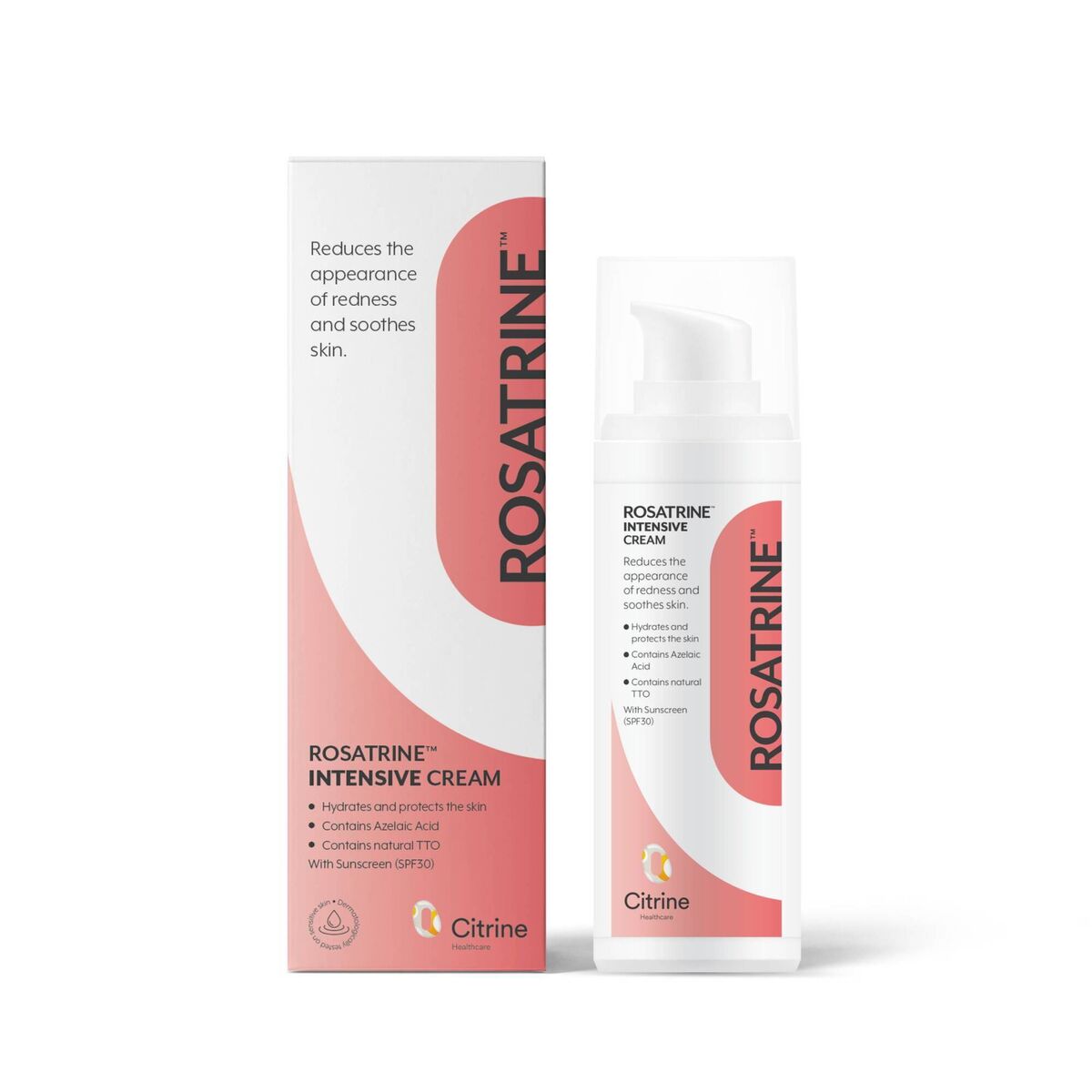The Skin Nerd: Do you have red, dry skin? Here's how to boost your skin barrier

Skin Nerd: Many factors can compromise the barrier, with winter a prime culprit for barrier damage. Research has revealed that low humidity and low temperatures can lead to a decrease in our skin’s barrier function, meaning less protection from external stressors.
The term ‘skin barrier’ has become a hot topic in the skincare world lately and strong consumer demand for protective skincare.* Although taking care of the skin barrier is not a new concept, the extra attention to this vital area in skin health pleases my nerdie soul! Why? Well, the skin barrier functions like a filter and being our skin’s first line of defense against daily aggressors, is crucial to the wellbeing of the skin. The stratum corneum (the skin’s top or superficial layer) can vary in thickness from the soles of the feet to the upper arm. Your skin’s natural moisturising factor is housed in the stratum corneum, and this is made up of amino acids and filaggrin. Filaggrin helps to synthesise lipids (or as they are commonly called, fats) to serve as intercellular cement. This cement forms your skin barrier and works hard to protect our body's largest organ (the skin) from pathogens and irritants and to keep moisture and nourishment locked in.
Many factors can compromise the barrier, with winter a prime culprit for barrier damage. Research has revealed that low humidity and low temperatures can lead to a decrease in our skin’s barrier function, meaning less protection from external stressors. This means that during winter the skin barrier could do with extra support to help defend against issues such as redness, dehydration and to prevent as much transepidermal moisture loss.
When your skin barrier is compromised, your skin may feel tight, dry or easily irritated. You may be more prone to inflammatory responses, or your skin might not tolerate your usual products as much as it did. Building up the skin barrier will help your skin to not only look better, but to be more resilient too. So what can you do to repair the skin barrier?
Regular readers of this column may be familiar with my inside, outside and on-top approach to taking care of the skin. This means taking a look at your diet and water intake, as well as lifestyle factors. To strengthen your skin barrier, you need to ensure that you are drinking plenty of water and eating a balanced diet including essential fatty acids. To ‘top up’ your nutritional levels you may want to consider including a food supplement within your daily diet. Studies have found that fish oil supplementation can increase skin hydration and decrease transepidermal water loss (TEWL) which is why I often regard Omega-3 as an internal moisturiser and recommend it in the colder months. Upping your intake of vitamin C can also help you to do some damage limitation as vitamin C helps to support capillary walls in the skin, giving those delicate capillaries more resilience.
When working correctly, an effective skin barrier will retain moisture, but dehydration is a common issue in the winter and can manifest as redness or even as skin with a grey tone due to a diminished water supply in the epidermis. Restore skin back to suppleness by using skincare that replenishes any lost moisture. Look for nourishing ingredients that support the natural lipid barrier and help it to maintain a good hydration balance. Ingredients such as hyaluronic acid, ceramides and niacinamide – which boosts ceramide production - are most beneficial for supporting the skin’s barrier function.
Dullness is a common side effect of dehydration but be careful not to over-exfoliate in your quest for a winter glow. Grainy scrubs can be rough on the skin, so consider switching to exfoliating acids such as lactic acid, which are less likely to cause irritation.
It might not be your first thought when the temperatures hit freezing but UVA and HEV rays (produced by your screens) reach us year-round and so a broad-spectrum SPF is still a daily essential.

Calm redness prone skin with the new Rosatrine Intensive Cream, which provides comfort to sore, delicate skin in need of some extra moisture. Dermatologically tested on hoomans with sensitive skin, this hydrating cream is packed with skin-soothing ingredients such as azelaic acid and natural tea tree oil to reduce inflammation and the appearance of redness. It also provides SPF30 protection from the sun’s rays, helping to minimise any further damage to the skin barrier.
Rosatrine Intensive Cream, €17.95, is available in Irish pharmacies nationwide.










